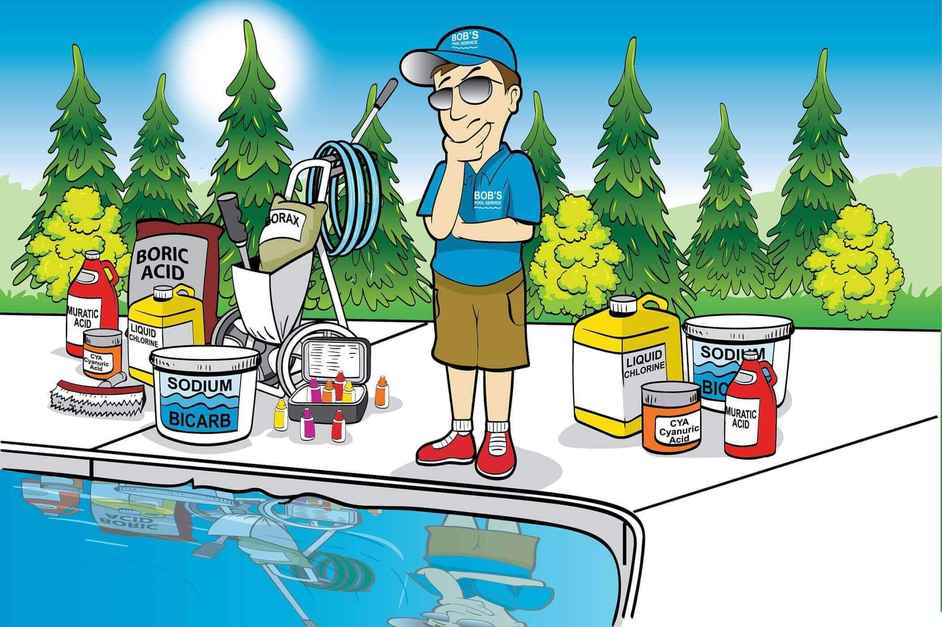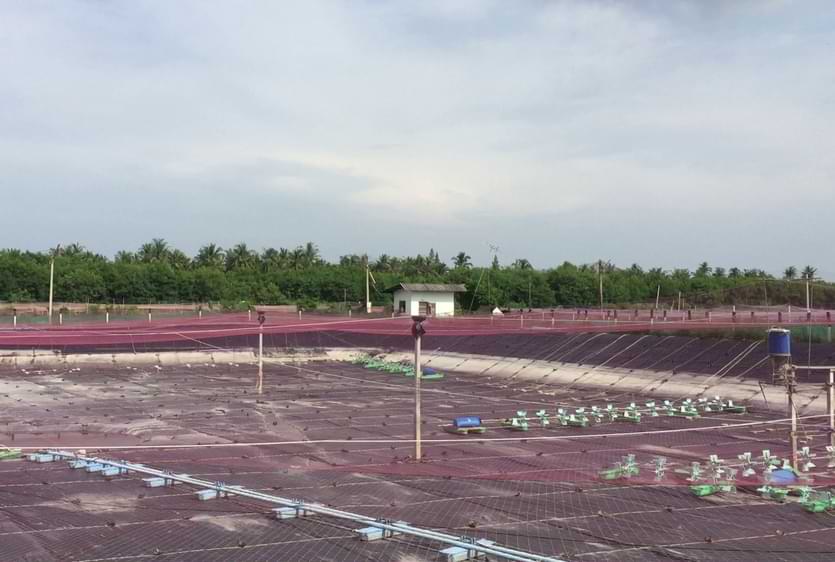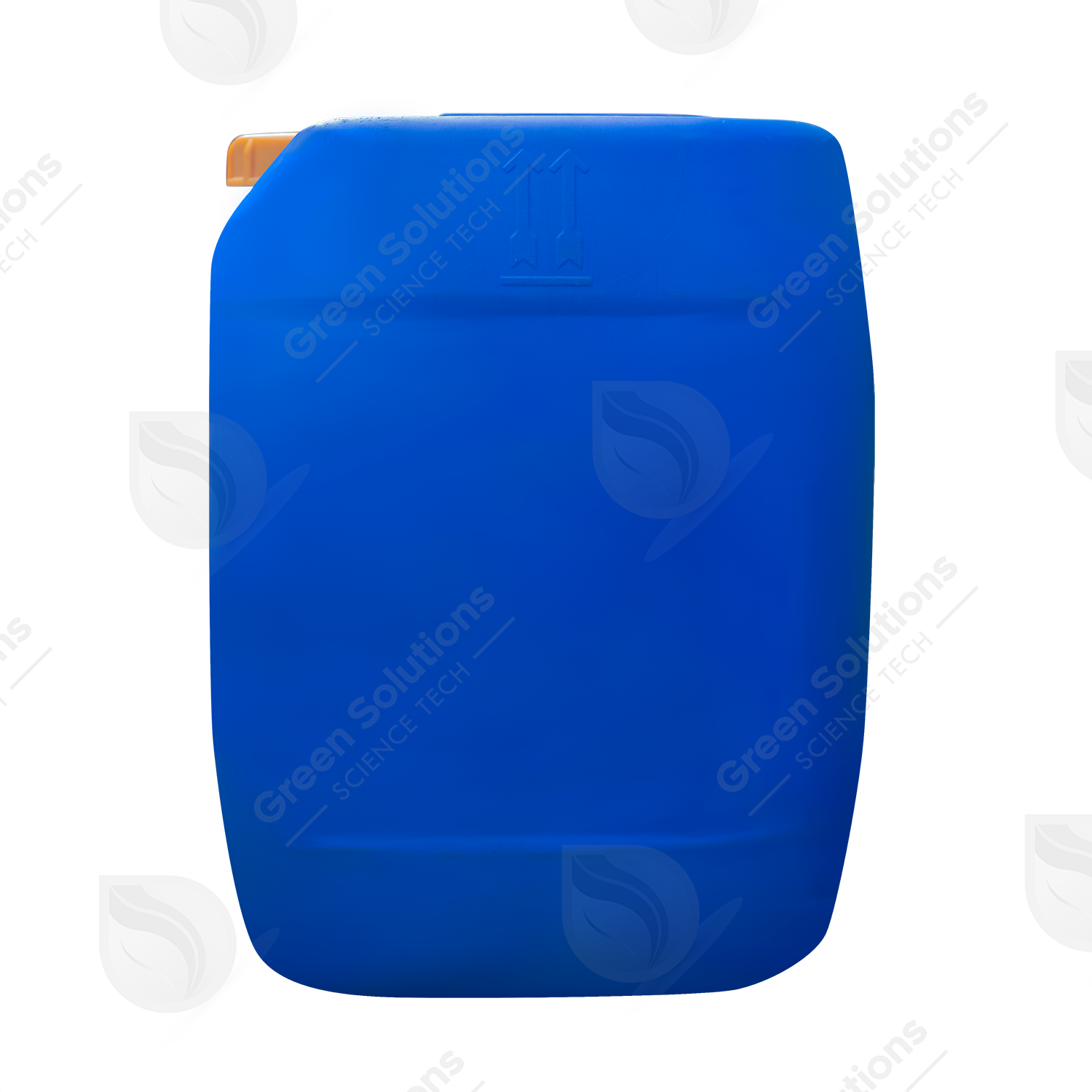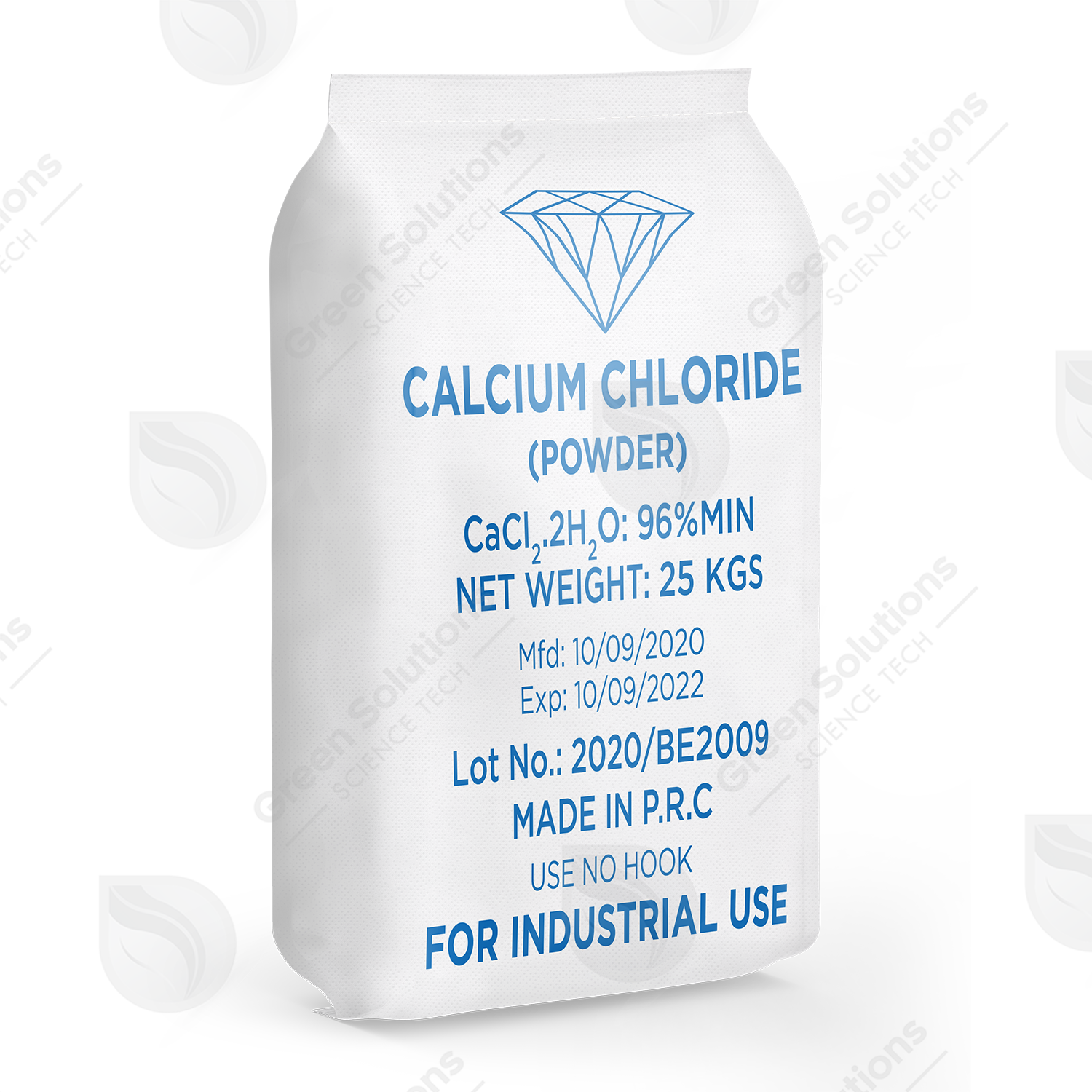STANDARD POOL WATER TREATMENT
Pool water treatment is a necessary activity that takes place regularly during the operation of the pool to ensure healthy conditions for swimmers.

Why should we carry out pool water treatment?
After a period of use, the swimming pool will be degraded with the contaminated and cloudy water that stimulates the growth of algae. It is costly for the pool owners because the equipment in the pool is degraded in quality and longevity. Moreover, it can cause many dangerous skin diseases for swimmers such as dermatophytosis and ringworm.
Therefore, regardless of swimming pool size, it is necessary to have the appropriate equipment or chemicals to treat the water properly and with the right process.
The proper process of pool water treatment
Step 1: Test the concentration of pH and chlorine
Before using chemicals, it is necessary to check and determine the pH level in the water with a pool water test kit or a dedicated machine. To maximize the chemicals' effectiveness, the pH level must be in the range of 7.2 to 7.6 ppm. It is recommended to check the level of pH and chlorine of the swimming pool twice a day, one time in the morning and another in the afternoon before the pool is used. Thanks to this process, you can control the pool water and keep it balanced at a proper level.
How to test the pH:
- ake some water samples at a depth of 40 cm to ensure the most accurate results.
- Put 2 - 3 drops of Phenol into the water sample to check pH level, 2 - 3 drops of OTO to check the Chlorine.
- Cover them and shake well.
- Read the results

Step 2: Conduct chemical treatment
Depending on the condition of the swimming pool, there will be appropriate chemicals for treatment. Some of the currently licensed swimming pool chemicals are classified into different groups based on their uses, including:
- Water disinfecting chemicals: Chlorine Powder, Chlorine tablet (TCCA)
- Chemical pH balance: Soda ash, NaClO, pH, pH-
- Chemical for sedimentation and water cleanse: PAC, PAM, Flocculant, powdered precipitates
- Chemicals that destroy and inhibit moss and algae: Copper powder (CuSO4), hydrated copper
Water disinfection
Swimming pools, especially outdoor pools, are susceptible to infection by dirt, leaves, sunlight, acids in rainwater, or dirt in the air. In addition, swimmers also secrete sweat and body waste that causes infected water.
In this case, chlorine is often used to maintain chlorine concentrations in the water and prevent algae and bacteria from multiplying. Dosage
Regularly operating fools should only use 2 g - 3 g of chlorine for 1m3 of water daily. Household fools require less dosage reduction.
pH adjustment
Measuring the pH level of water with specialized equipment is the first step before adjusting it. The standard alkalinity level is about 80 - 120 ppm, the standard pH level is about 7.2 - 7.6 ppm. Alkalinity acts as a buffer for pH because the pH of water is quite sensitive, for the most accurate result, the alkalinity level needs to be kept right within the specified range.
If the result is outside the 7.2 - 7.6 ppm, you need to adjust the pH by increasing/decreasing pH + or pH- with the following dosage:
- Increasing pH level: using a chemical pH + with a fixed dose of about 1 kg/100 m3 of water to increase 0.2 ppm. Depending on the current concentration, you need to adjust the number of chemicals accordingly.
- Lowering pH level: In this case, it is necessary to use a chemical pH - with a mixing ratio of 1 kg/100 m3 of water to decrease 0.1 ppm. Depending on the current concentration, you need to adjust the number of chemicals accordingly.
In the case of a large volume of water to be treated, it must be divided into several times to avoid water shock and achieve the desired effect. If there is a balance tunnel, put chemicals directly into the tunnel or filtration system. At that time, the amount of acid will decrease and the pH is neutral for the standard level. Please take note, after 6 hours of treatment, the fool can be operational again.
Algae destruction and inhibition
In an environment of cloudy water containing lots of dirt and waste, algae will favorably multiply and grow. Moss clinging on bricks, walls, and the bottom of swimming pools not only disrupts the aesthetics, causes unpleasant odors, but also seriously affects the water quality and human health. Chemicals such as CuSO4, Chlorine, etc. can inhibit and destroy algae quickly, helping to maintain water in a clean, safe state.
Usage: 1 liter of CuSO4 for 10m3 of water monthly. Please take note, this chemical reacts with chlorine, so you should pour it in front of the discharge nozzle. Support for sedimentation water clarification Sedimentation and water clarification is the next step after balancing the pH and chlorine in the water and remove impurities. PACs are the most frequently used in this step.
Process:
- Quiet water surface (turn off the water filtration system)
- Dissolve a small amount of PAC, about 2 kg/100 m3/time in the water, spread around the pool surface.
- Wait about 6 hours for the chemicals to pull the dirt to the bottom, then use specialized swimming pool equipment or cleaning robots to handle that residue.
Step 3: Circular filtration by the filtration system
After the chemical process, it is important to filter the pool water through the filtration system daily. Two types of filters that are popular in the market consist of pipe filters (including pumps and sand filters) and smart filters.
The sand filter has a six-function hand valve, depending on the processing needs to operate the valve hand function properly, including the following functions:
- FILTER: water filter
- BACKWASH: backwash
- RINSE: wash the pipes
- WASTE: discharge
- RECIRCULATE: water circulation
- CLOSE: close the valve
The water in the pool must be filtered through the filtration system every 4 - 8 hours. The shorter it takes for the water to run through the filter, the lower the output water quality. Filtering time for each type of swimming pool: the outdoor swimming pool is no more than 4 hours/time, shallow pool no more than 2 hours/time, the indoor pool is about 8 hours/time.

Green Solutions provide products and processes to improve water quality and protect the environment in aquaculture, domestic use, and manufacture. Please contact us now for more specific advice!





